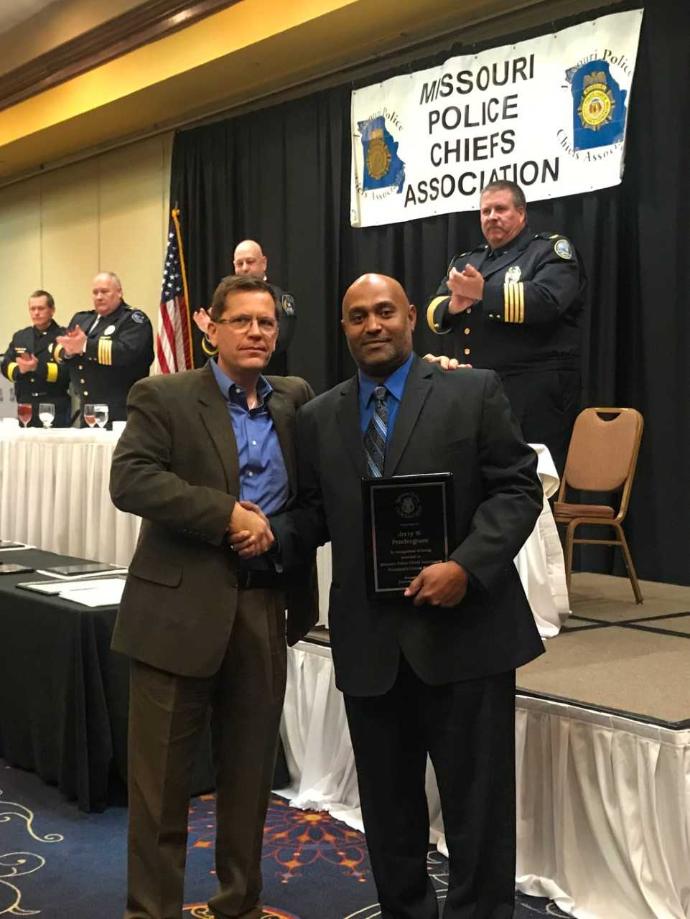6 Ways To Improve Your Trigger Control
Shine A Light
Marksmanship fundamentals are just that — fundamental to accurate shooting and saving lives, i.e. yours! Which is why team iconcealed.com is offering up this quick primer on proper trigger control.
The goal here is simple: squeezing the trigger smoothly so that the sights remain on target. And the best way to do that is to practice keeping your hand still and isolating movement only to your trigger finger.




Again, this requires repetition. It doesn’t happen overnight. Shooting is a mechanical act that requires the gun to be pointed at a target while, at the same time, the trigger is squeezed to the rear without moving the firearm.
Sounds easy, right? But if it was easy, everyone would be a great marksman.
For most shooters, trigger squeeze is THE weak link in the chain of effective firing technique. Most people simply don’t want to invest the time and energy required to perfect the logistics that go into correctly squeezing the trigger.
And there are a few logistics that really make a difference. Let’s run ’em down…
1 – Strong Hands, Solid Grip
Strong hands paired with a solid grip makes it less likely for a shooter to stiffen up as they squeeze the trigger. All of this adds up to a steady aim that does not move while the trigger is pulled. These two fundamentals are probably the most critical, the most interdependent, and MUST be mastered in order to shoot well.


A solid grip allows you to control recoil and keep the muzzle on target. Without the ability to do this, you can’t effectively put rapid follow-up shots on target.
A proper grip sets up the alignment of your firearm with your body’s natural point of aim.
This alignment is the key to everything.


2 – Size Matters? Actually, Yes It Does
There is an aspect of grip that often gets short shrift.
The SIZE of your gun effects grip and determines how the gun sits in your hand.



This relationship determines EXACTLY WHERE your finger falls on the trigger. And your finger being placed properly on the trigger is a major component of proper trigger squeeze.
3 – Dry Firing and Follow-Through
Another way to get a smooth trigger squeeze (without breaking the bank on range fees or ammo) is dry firing. Think of it like you’re going to the gym. Do 100 dry fire squeeze reps each day. That’s 3000 a month!
Whoa, you’re a BEAST!


Follow-through occurs when you keep contact with the trigger and do not allow the trigger to come forward after a shot any more than is needed to reset the trigger and get your sights back on target.
But remember, once you fire, that’s not the end of the cycle. Getting back on target, trigger reset (reset is where the action has cycled and the trigger can be pulled again), sights realigned… THAT’S when the cycle ends!
4 – Finger Placement – Push Me, Pull Me

Proper placement of your finger on the trigger lets you pull it straight back for optimal squeeze. Look where your finger contacts the trigger (see above).
Once you get your grip perfected, the trigger should come into contact halfway between the tip of your index finger and the first joint. If your finger is positioned too far in on the trigger, squeezing the trigger with the base of the finger will cause the gun to PULL toward your dominant side.
Not enough trigger finger will PUSH the gun away from your dominant side. Why? Simple — it all comes down to the angle at which the finger applies pressure.

5 – Backstrap
No two hands are alike. Different hand sizes, different finger lengths. Now, add into the mix all the different gun dimensions, and you have a lot of variables to consider.

Adjustable backstraps really help to correct any issues that may arise as a result. The distance between the backstrap and the trigger is the measurement that determines where your finger naturally rests on the trigger and having the ability to increase or reduce this distance is key to correct trigger pull.
6 – Post Shot Positioning
Your trigger finger is as important to making an accurate shot BEFORE you fire as it is AFTER you fire.
If your finger flies off the trigger immediately after the shot, that’s a problem.
Rule of thumb (pun intended): keep your trigger finger in contact with the trigger while shooting.


This eliminates the possibility of slapping the trigger which is when your finger comes off the trigger, then comes back into contact for the next shot. This causes too much wiggle and makes consistency near impossible.
If you keep your finger constantly on the trigger, you’ll be better able to squeeze again when the trigger resets.

